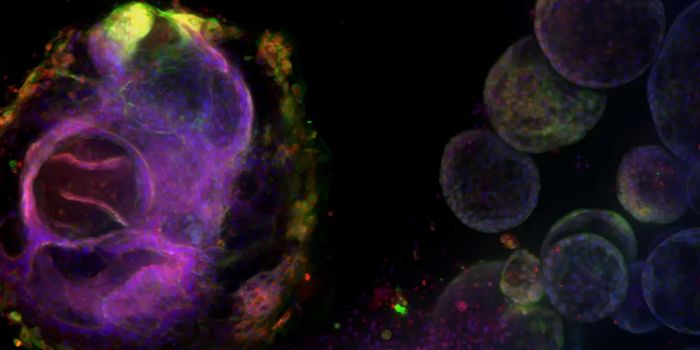Advanced Lung Cancer Diagnosis Linked to Socioeconomic Status
Lung cancer remains the leading cause of cancer-related deaths for both males and females, and an estimated 120,000 people in the US will die of this disease in 2022. Overall, lung cancer accounts for almost 25% of expected cancer mortalities. Two major subsets of lung cancer exist: small cell lung cancer (SCLC), which accounts for about 13% of lung cancer cases, and non-small cell lung cancer (NSCLC), accounting for about 84%.
Various subtypes of NSCLC can occur including adenocarcinoma, squamous cell carcinoma, and large cell carcinoma. Because these types of cancer tend to behave similarly, they are grouped together as NSCLC. Doctors stage NSCLC upon diagnosis based on how much cancer exists and whether it has spread throughout the body. Staging for NSCLC is quite complex, but it is a crucial step in assessing the complexity of the disease and determining the best course of treatment.
NSCLC staging ranges from Stage 0 to IV, increasing with the degree of spread. Three other factors are considered within each numerical stage for more precise staging. These factors are indicated with letters: T (the size of the tumor), N (spread to lymph nodes), and M (metastatic spread to distant organs). More numbers or letters after T, N, and M indicate more details about the cancer stage.
A recent study published in Cancer explored potential links between socioeconomic status (SES) and NSCLC stage at diagnosis. The researchers utilized the National Cancer Database (NCDB) , an oncology-focused data collection for tracking cancer patients, their treatment, and outcomes. Patients included in the analysis were aged 18-89 years old when diagnosed with Stage 0 – IV NSCLC. To estimate SES, researchers considered characteristics associated with the patient’s zip code, including the proportion of adults without a high school degree and the median household income. The analysis also considered race/ethnicity, insurance status (none, government, private), and health care facility type (including community, academic, integrated network). The analysis included 1,329,972 patients (~84% White, 11% Black, 3% Hispanic, and 2% Asian). The study population was approximately 53% Male and 47% Female, and most patients (>78%) were aged 60 or older. Overall, about 37% of the patients had an “early” diagnosis (Stage 0, I, or II), while 63% had an “advanced” diagnosis (Stage III or IV).
The study uncovered significant links between SES and advanced stage NSCLC staging at diagnosis. Specifically, lower education and income levels were associated with a 12% and 13% increase in the odds of an advanced-stage NSCLC diagnosis. The links between SES and advanced stage diagnosis existed among each racial demographic included in the analysis (White, Black, Hispanic, and Asian). Further, these links appeared in patients with government and private insurance, regardless of the type of treatment facility. Notably, the authors report that Black patients in the highest education and income areas had a greater odds of advanced-stage NSCLC diagnoses than White patients with lower SES.
The authors conclude that considering the SES of NSCLC diagnosis will be an important step in eliminating health disparities. Further, the study suggests that racial disparities exist even within cohorts of the same SES.
Sources: CA, Cancer Treat Res, Cancer









